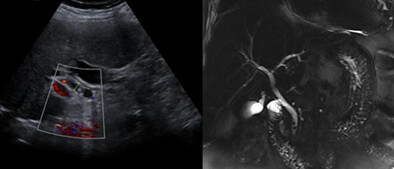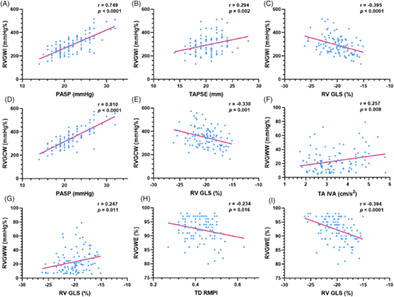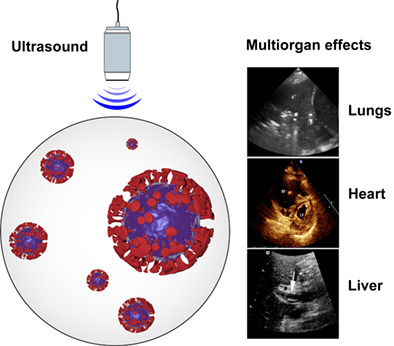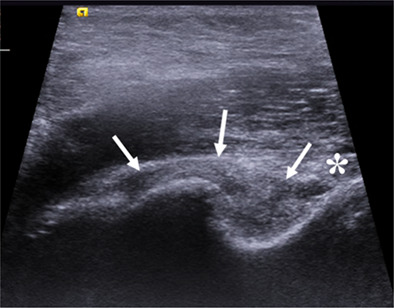Export Citations
Download PDFs
Table of Contents
Ultrasound diagnosis of hypertrophic pyloric stenosis – Time to change the criteria
- First Published: 10 June 2022
COVID-19 pathophysiology and ultrasound imaging: A multiorgan review
- First Published: 26 February 2022
CR-SSL: A closely related self-supervised learning based approach for improving breast ultrasound tumor segmentation
- First Published: 27 December 2021
Proportion of Malignancy and Evaluation of Sonographic Features of Thyroid Nodules Classified as Highly Suspicious Using ACR TI-RADS Criteria
- First Published: 15 September 2022
Abnormalities of the Width of the Four-Chamber View and the Area, Length, and Width of the Ventricles to Identify Fetuses at High-Risk for D-Transposition of the Great Arteries and Tetralogy of Fallot
- First Published: 13 July 2022
Access the CME test here and search by article title.
Real-time automated segmentation of breast lesions using CNN-based deep learning paradigm: Investigation on mammogram and ultrasound
- First Published: 23 December 2021
Ultrasound Examination of the Ligament Complex Within the Medial Aspect of the Ankle and Foot
- First Published: 16 February 2022
Three-Dimensional Ultrasound Evaluation of Pelvic Floor Muscle Contraction in Women Affected by Deep Infiltrating Endometriosis: Application of a Quick Contraction Scale
- First Published: 09 May 2022
How long does a transvaginal ultrasound examination for endometriosis take in comparison to a routine transvaginal ultrasound examination?
- First Published: 05 December 2021
Training in Obstetric Ultrasound Biometry: Results from a Multicenter Reproducibility Study
- First Published: 18 March 2022
Disinfection of Ultrasound Transducers Used for Percutaneous Procedures: Intersocietal Position Statement
- First Published: 16 February 2021
A comparison of four fetal biometry growth charts within an Australian obstetric population
- First Published: 24 February 2022
Advantage and validation of vendor-independent software for myocardial strain analysis compared to vendor-specific software
- First Published: 14 October 2020
Detection of liver abnormalities—A new paradigm in medical image processing and classification techniques
- First Published: 30 June 2022
Diagnostic accuracy of ultrasonography compared with magnetic resonance cholangiopancreatography in the detection of choledocholithiasis
- First Published: 07 January 2022

A retrospective study to compare the diagnostic accuracy of ultrasonography with Magnetic resonance cholangiopancreatography was conducted at a tertiary care university hospital. Diagnosis of choledocholithiasis made using ultrasonography was found to have a 76.1% accuracy in comparison to Magnetic Resonance Cholangiopancreatography. Despite the relatively low accuracy, ultrasound's properties of being cost-effective and non-invasive make it an ideal first step in the diagnosis of choledocholithiasis
Machine learning based on automated breast volume scanner (ABVS) radiomics for differential diagnosis of benign and malignant BI-RADS 4 lesions
- First Published: 08 March 2022
The value of ultrasonography in detecting early arthropathic changes and contribution to the clinical approach in patients of hemophilia
- First Published: 02 March 2022
Correlations among noninvasive right ventricular myocardial work indices and the main parameters of systolic and diastolic functions
- First Published: 09 August 2022

Right ventricular (RV) myocardial work (RVMW) is the latest indicator to assess right ventricular function. The figure shows the main correlations between RVMW indices and other parameters of RV function. Our study revealed RVMW indices could be reliable parameters of myocardial systolic performance.
A survey of current practice in reporting third trimester fetal biometry and Doppler in Australia and New Zealand
- First Published: 26 August 2021





